The Oncidium (on-SID-ee-um), also called dancing lady, is a large and diverse species. The Psychopsis orchid (a member of the Oncidium family) has the distinction of reputedly inciting Orchideliurm, the orchid craze that swept across Europe during the Victorian era
Some of the links on this page may be affiliate links. Click here to learn more.
TEMPERATURE
Most Oncidiums prefer intermediate (58° to 62° F/14.4°-17° C) to warm (70-80° F/21°-26.7° C) temperatures, with cooler temperatures at night, and warmer temperatures during the day.
LIGHT
Oncidiums need bright light (2000-4000 fc) and can be grown in a bright east, south or west-facing window. These orchids also do well grown under lights.
HUMIDITY
Humidity levels between 40-60% are ideal for this orchid. Use a humidifier if necessary and a fan set to low to provide air movement. Home growers: remember 50% is the maximum recommendation. Easily track humidity levels with a humidistat.
WATER
Allow the pot to dry between watering. Water more frequently during the summer and less often during the winter months. Use the lead (newest) pseudobulb as a guide. This bulb should be plump, firm, and smooth. As these leaves spot easily, avoid getting the leaves wet.
FERTILIZATION
Use a high nitrogen liquid fertilizer (9-3-6) every other week if your orchid is potted in bark. Those potted in other media should use a balanced fertilizer. The exception is equitant Oncidiums. These twig epiphytes will burn if given high nitrogen fertilizer.
POTTING & MEDIA
Pot after new pseudobulbs has begun growing. Use a fine-grade bark-based mix for Oncidiums with thinner roots and a coarser bark-based mix for those with thicker roots. Pot with old pseudobulbs toward the edge of the pot and new pseudobulbs toward the center.
TIPS
Some Oncidiums have a delightful fragrance. Like chocolate? Try ‘Sharry Baby.’ Or, maybe vanilla? Try ‘Twinkle.’
Get Your Orchid Care Cards
Take the guesswork out of caring for your orchids.
GET YOUR ONCIDIUM CARE CARDit's free
Get Your Orchid Care Cards
Take the guesswork out of caring for your orchids.
I just bought an orchid with a ton of small blooms. It looks like an Oncidium. It’s just gorgeous as it happily blooms in my living room.
Thanks for helping me figure out what I have!

